31 Eco-Friendly Living Tips that are Easy
This post may contain affiliate links provided for your convenience. We earn commissions if you shop through the links on this page. I am also an Amazon Associate and earn from qualifying purchases Read my full disclosure policy.
Living an earth-friendly lifestyle doesn’t have to be complicated. Environmentally-friendly practices can become an integral part of our lives so that we can each make a positive impact on the environment. Try these easy 31 eco-friendly living tips to make your own positive impact and make every day Earth Day.

31 Eco-Friendly Living Tips
1. Turn off lights, fans and appliances when not in use. Every little bit helps. Make it a habit to turn off anything that’s not in use.
2. Unplug appliances when not in use. Appliances like toasters, coffee makers, hair dryers, etc. will use electricity when they’re plugged in even though they’re turned off. They’re called energy vampires and can even include your charging cord.
3. Use cloth napkins. Paper napkins that are used once and thrown away end up in the landfill. They’re biodegradable, you say? Yes, they are but resources are spent in making them, packaging them, transporting them to the store and then transporting them to the landfill. Cloth napkins can be used again and again for years. You can even make your own Japanese Tie Dye Shibori napkins to match your décor.
4. Use washable glasses, plates and silverware. Using paper or plastic has the same impact on the environment as using paper napkins and plastic versions are not biodegradable. Use dinnerware, glassware and silverware that can be used over and over again for decades.
5. Turn off water when not in use. Teach your family to turn off running water when brushing teeth, washing dishes, anytime when its not actually in use. Here are 6 times you can turn off the tap to save water, including up to 200 gallons of water a month when you brush your teeth!
6. Hang clothes out to dry. You’ll save electricity and wear on your dryer.
7. Wash and reuse plastic silverware for lunchboxes and picnics. If you do acquire plastic silverware (from a take out meal or eating out), wash it and reuse it when you take lunch to school or work or anytime you’re away from home.
8. Use natural cleansers. Why add more chemicals to our water supply and earth when there are natural options that clean better than chemicals? Using natural products you already have in your pantry saves you money and clutter in your cabinets, too.
9. Repurpose glass jars for home decor. Recycling glass jars is good, but repurposing them is better. It keeps the glass jar out of the landfill and makes it unnecessary for you to purchase a new home décor item, which saves manufacturing and transportation impacts on the earth.
10. Use reusable shopping bags. Save the need for manufacturting plastic or paper bags and transporting them to stores by bringing your own reusable shopping bags. Of course, you’re saving the landfill as well by using cloth shopping bags.
11. Reuse plastic shopping bags. If you do end up with plastic shopping bags in your home, don’t throw them away or recyle them, use them as trash bags, dog poop bags and to wrap your shoes in when you pack your suitcase. Reusing the plastic bags means you don’t have to purchase plastic bags, which reduces the manufacturing and transportation impact.
12. Plant perennial plants and your own vegetables. Planting perennials just makes sense. They come back each year, meaning you don’t have to drive to the store each year to purchase more plants. It also reduces the impact of plastic pots and containers and the additional transportation impact of those plants each year. Planting your own vegetables is more nutritious for you, provides you with fresher produce and reduces the transportation impact of transporting store-bought vegetables.
13. Use newspapers to wash mirrors and windows. Newspapers do a better job of streak-free window washing and it means you don’t have to purchase paper towels.
14. Make your own homemade cleaners. It’s easy to make your own homemade cleaners from earth-friendly products and they’re better for your family.
15. Use reusable rags. Rather than using paper towels for routine cleaning, use reusable cleaning cloths. I use dishcloths and washcloths that are older and no longer suitable for use in the kitchen and bath. This keeps those old dishcloths and washcloths out of the landfill and reduces the need to purchase paper towels.
16. Buy clothing from yard sales, thrift stores, consignment stores or online sites. Purchasing preowned clothing keeps it from the landfill and prevents the need for new clothing to be manufactured and transported. You’re often able to purchase much better quality clothing that will last longer than inexpensive clothing from the discount store.
17. Consolidate your errands and plan your route before you leave home. Plan an errand day each week and plan your route to conserve gas. You’ll be surprised how much time and gas you’ll conserve by just a bit of planning and you’ll also reduce the carbon impact from extra driving.
18. Repurpose clothing. Clothing that is torn, stained, out-of-style or out-grown can easily be repurposed and can be given as one-of-a-kind gifts.
19. Purchase items with little or no packaging. Look for products that have less packaging. Manufactures are moving towards using less packaging, but you can accelerate that trend by driving demand through your purposeful purchasing of items with less packaging.
20. Use recycled plastic bottles to organize your office supplies. You can easily turn plastic bottles into kitchen, office and craft organizing containers. This keeps the containers from the landfill or from being transported to the recycling center and means you don’t have to purchase a new organizing container.
21.Keep an inventory so you don’t buy unnecessary extras. Keep an inventory of items you have in your pantry so that you don’t make unnecessary trips to the store and don’t have items expire and go to waste because you didn’t’ realize you had them.
22. Use repurposed boxes for organizing. Why buy organizing bins and boxes when you can use cardboard boxes you already have. You can even repurpose a sweater to make your repurposed box match your decor. That saves items from the landfill and saves the impact of manufacturing and transporting new products.
23. Use Freecycle and Facebook groups to find items you need. Take advantage of Freecycle and freecycle-type Facebook groups to get items for free and save the impact of manufacturing and transporting new prodcuts. Not only does it save those items from the landfill, it’s also a money-saving option.
24. Use repurposed packaging for organizing your kitchen. It’s easy to organize your kitchen for free with repurposed packaging. It saves that packaging from the landfill and saves the impact of manufacturing and transporting new products. It’s also a frugal way to organize your kitchen.
25. Make your own homemade face wash and beauty products. Making your own skin care and beauty products can save you money, allows you to use natural products and is better for the earth. Making your own natural products prevents the use of chemicals and prevents the manufacturing and transportation impacts. You’re also able to use the container over and over again and that keeps it from the landfill.
26. Don’t waste food. Mark expiration dates in marker on items in your fridge and pantry so they don’t expire before you can use them. You can see how I do this with my 4 tips to organize spices.
27. Water your garden or yard in the morning or evening. Watering in the morning or evening reduces the amount of water that evaporates in the full sun of midday. This saves water and money.
28. Make it easy to recycle. Put a recycling can in each room to make it more likely that your family will recycle. This office paper recycling bin is even made from a repurposed can and is easy to make.
29. Make your own gifts from repurposed items. There are many personalized gifts you can make from repurposed items.
30. Donate don’t throw away. Don’t throw items away that can be used. Donate items to your local homeless assistance organization, preschool, after-school program, animal shelter or other local organizations. Take a few minutes to call organizations and see what donations they accept before you just throw items away.
31. Hang around Organized 31 for new earth-friendly crafts and organizing ideas each week.


I’m a mom of 3, a veteran, military spouse. I’ve moved into 20+ homes all around the world. My passion is helping busy people make the space and time for what’s really important to them. Learn more about Organized 31 and me.


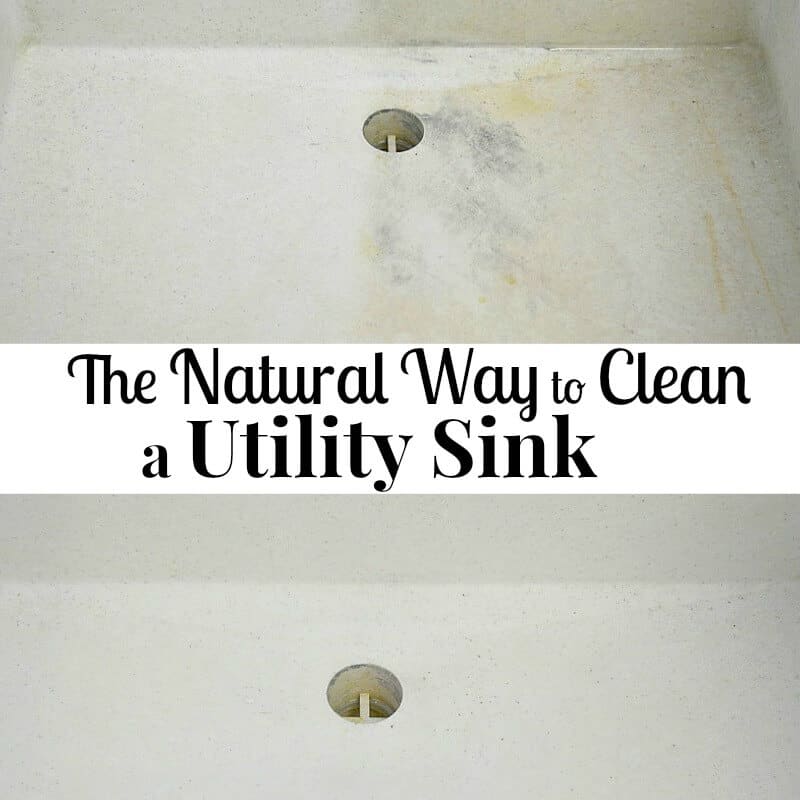
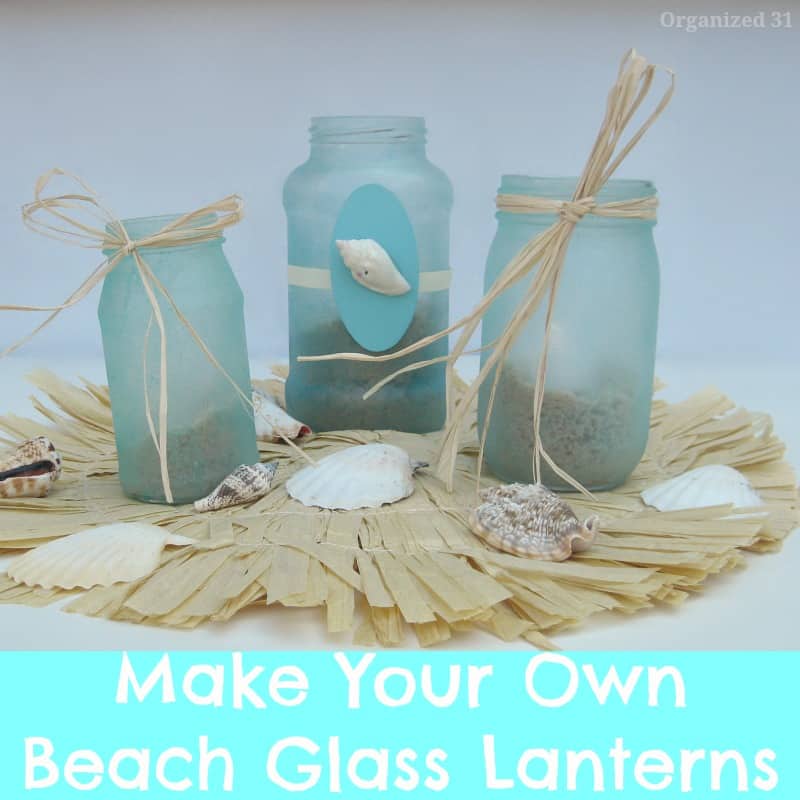
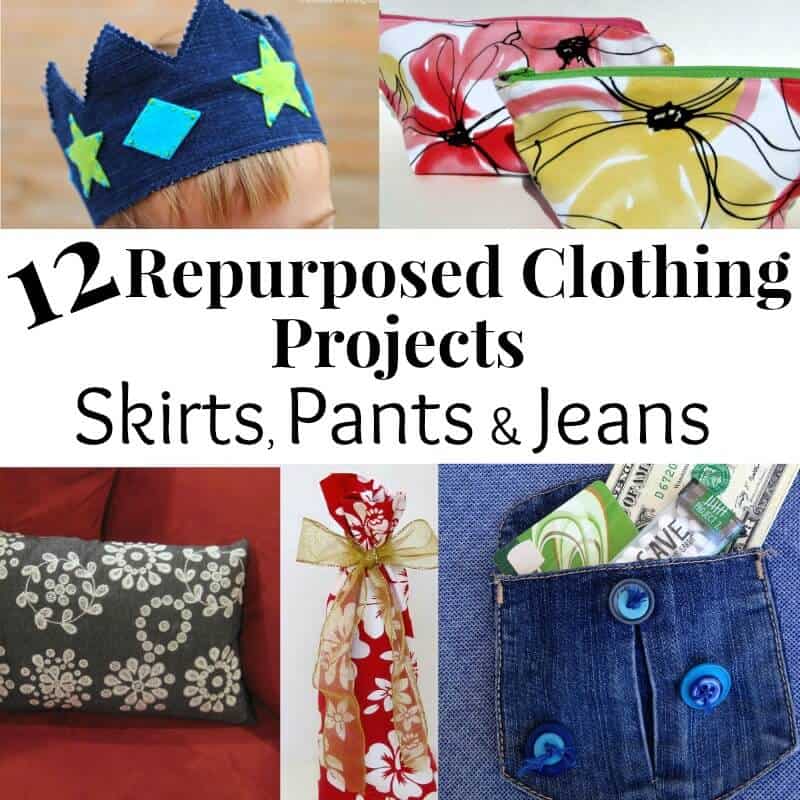

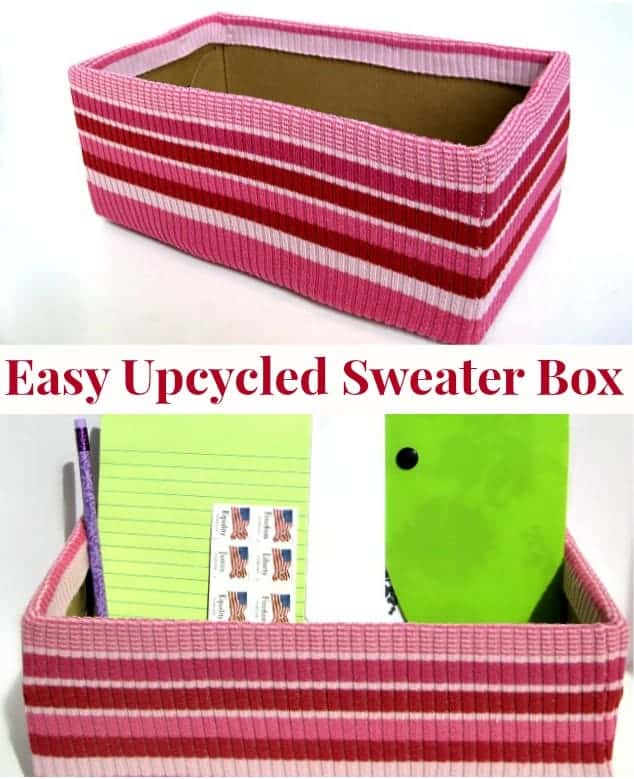

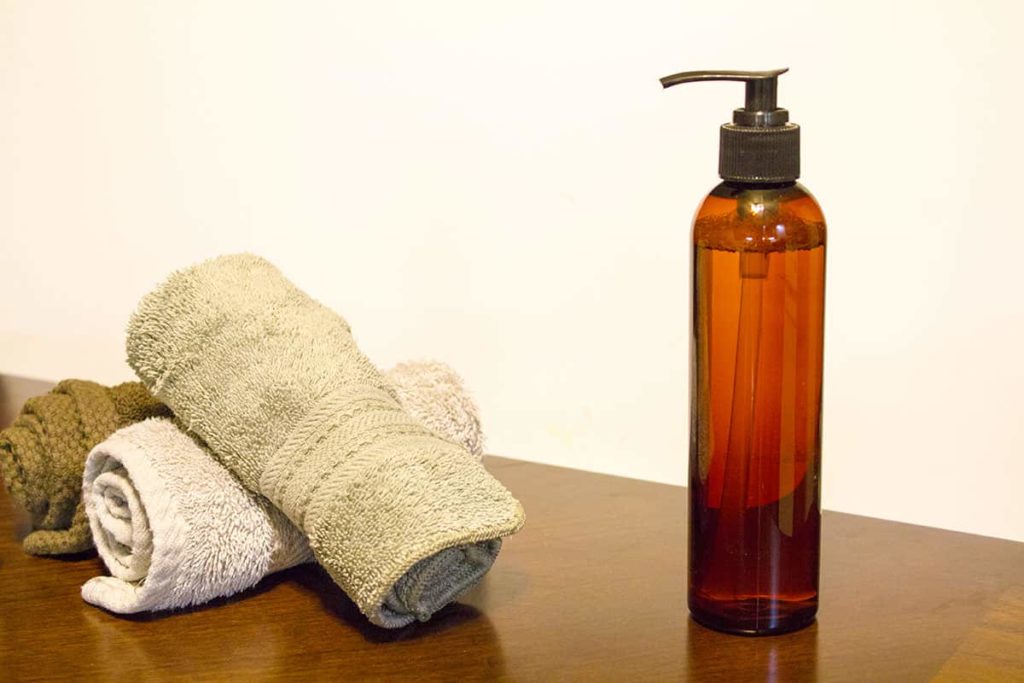
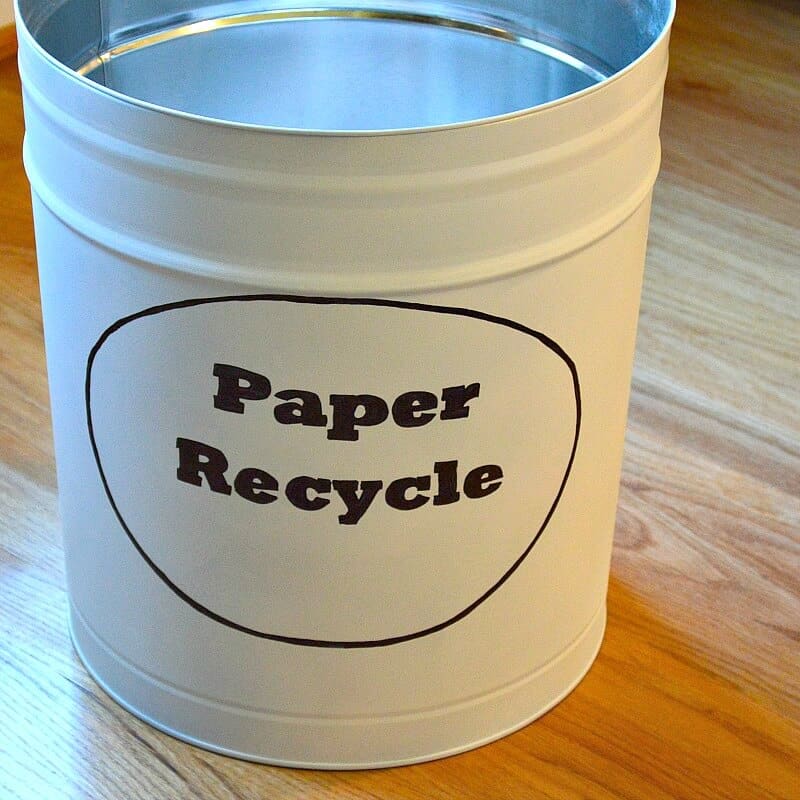
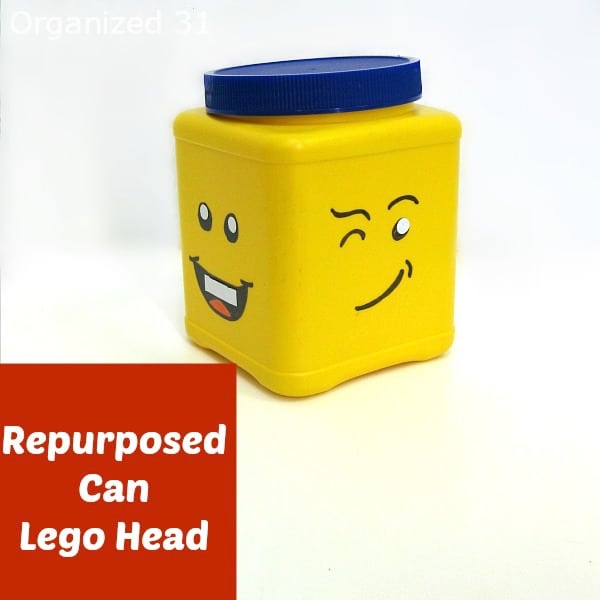

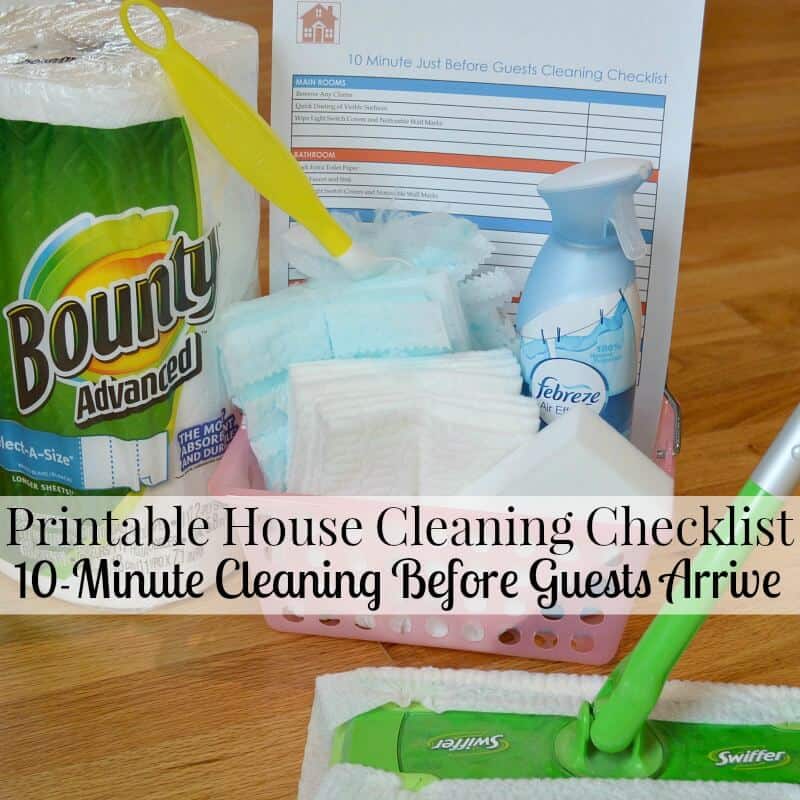



Love these tips! I already use some of these eco-friendly measures, but I only have a recycling bin in the kitchen! I should at least put one in my home’s upstairs hallway, so that there is one upstairs, too!
Putting a recycling can upstairs is a great idea, Lauren. If recycling is easy to do, everyone is more like to recycle. One recycling mom high five to another.
These are all great tips! I need to be better about repurposing items. Not only is it green, but it’s a huge money saver too.